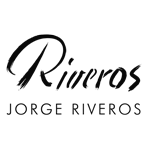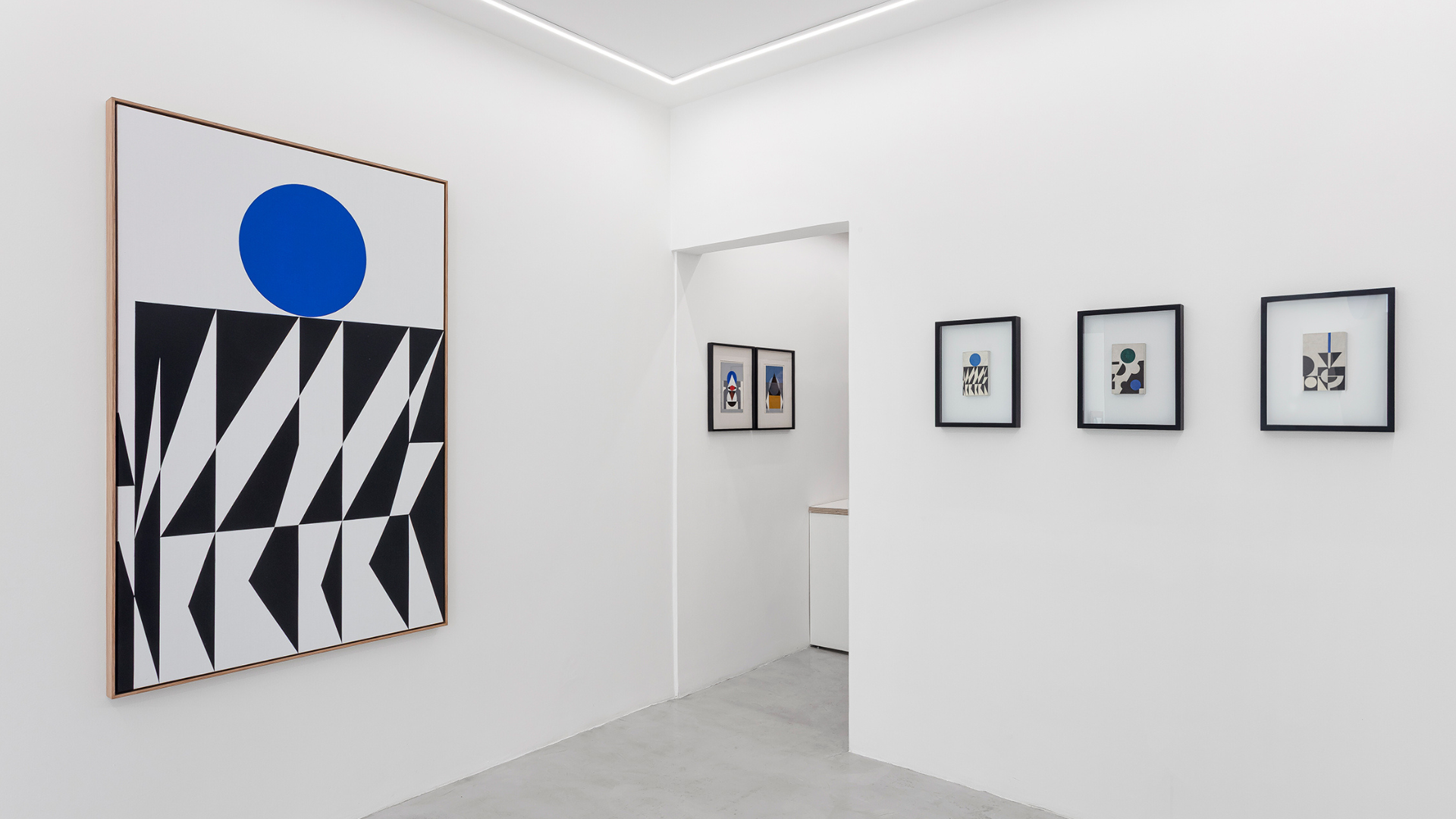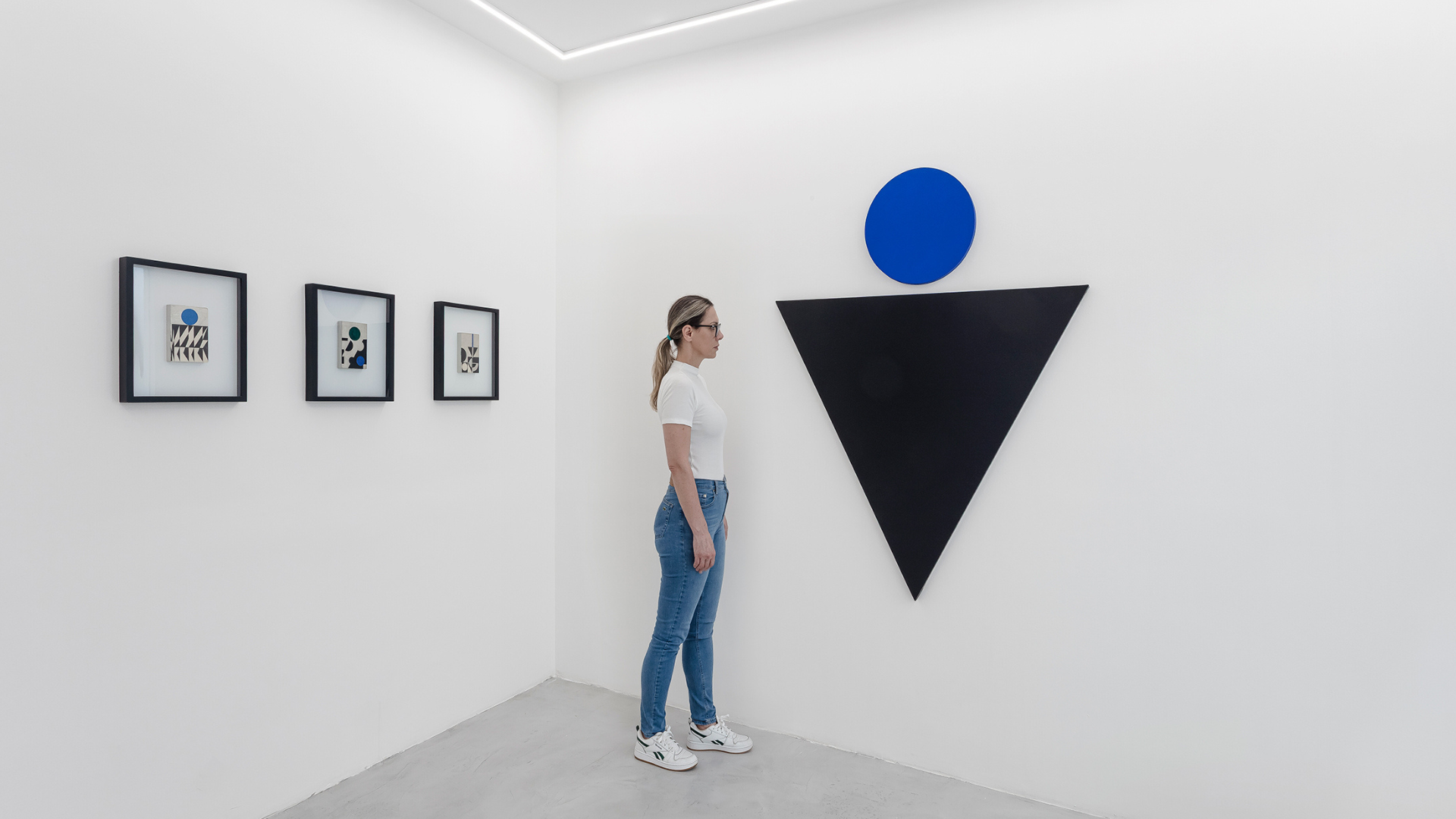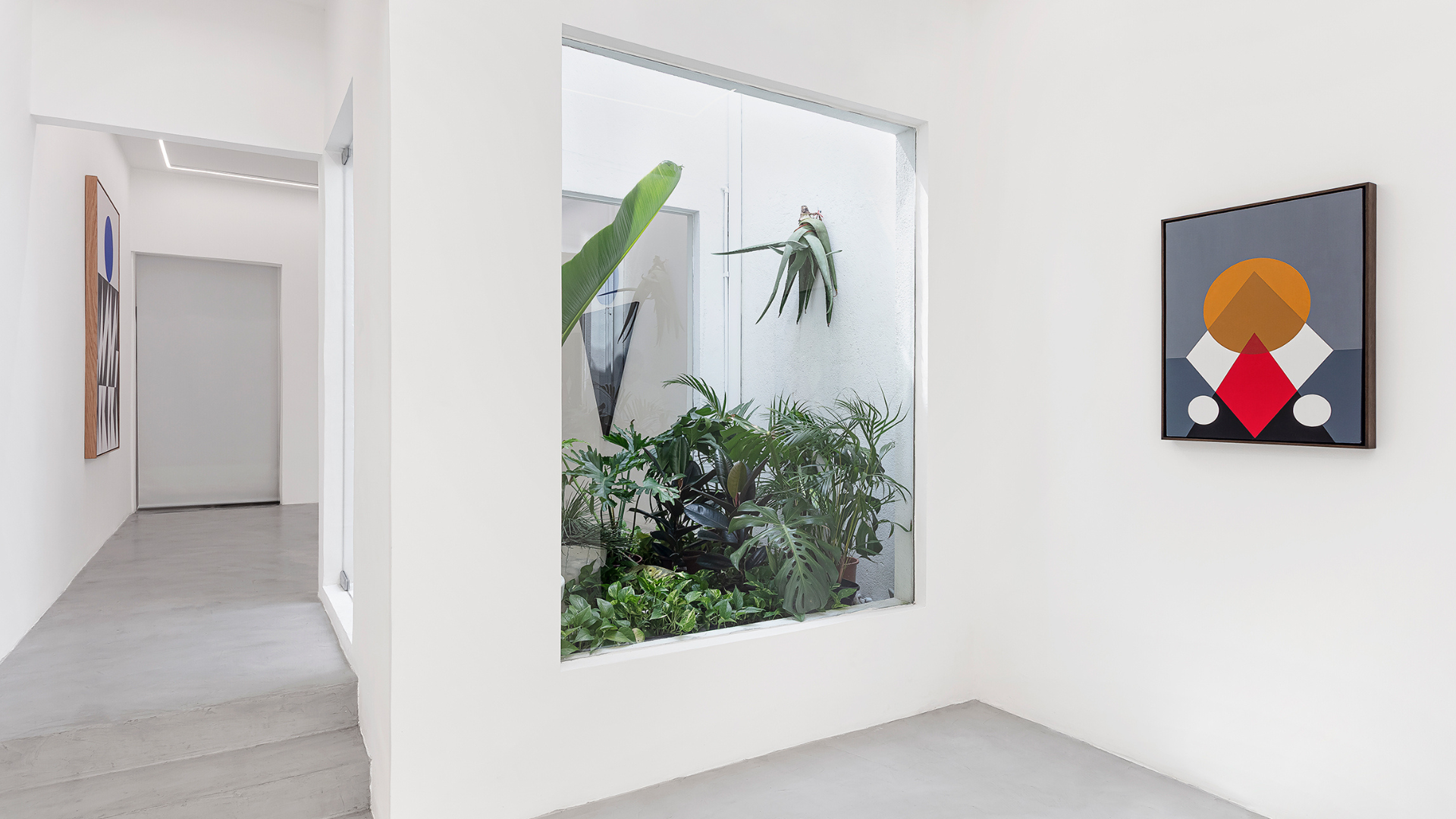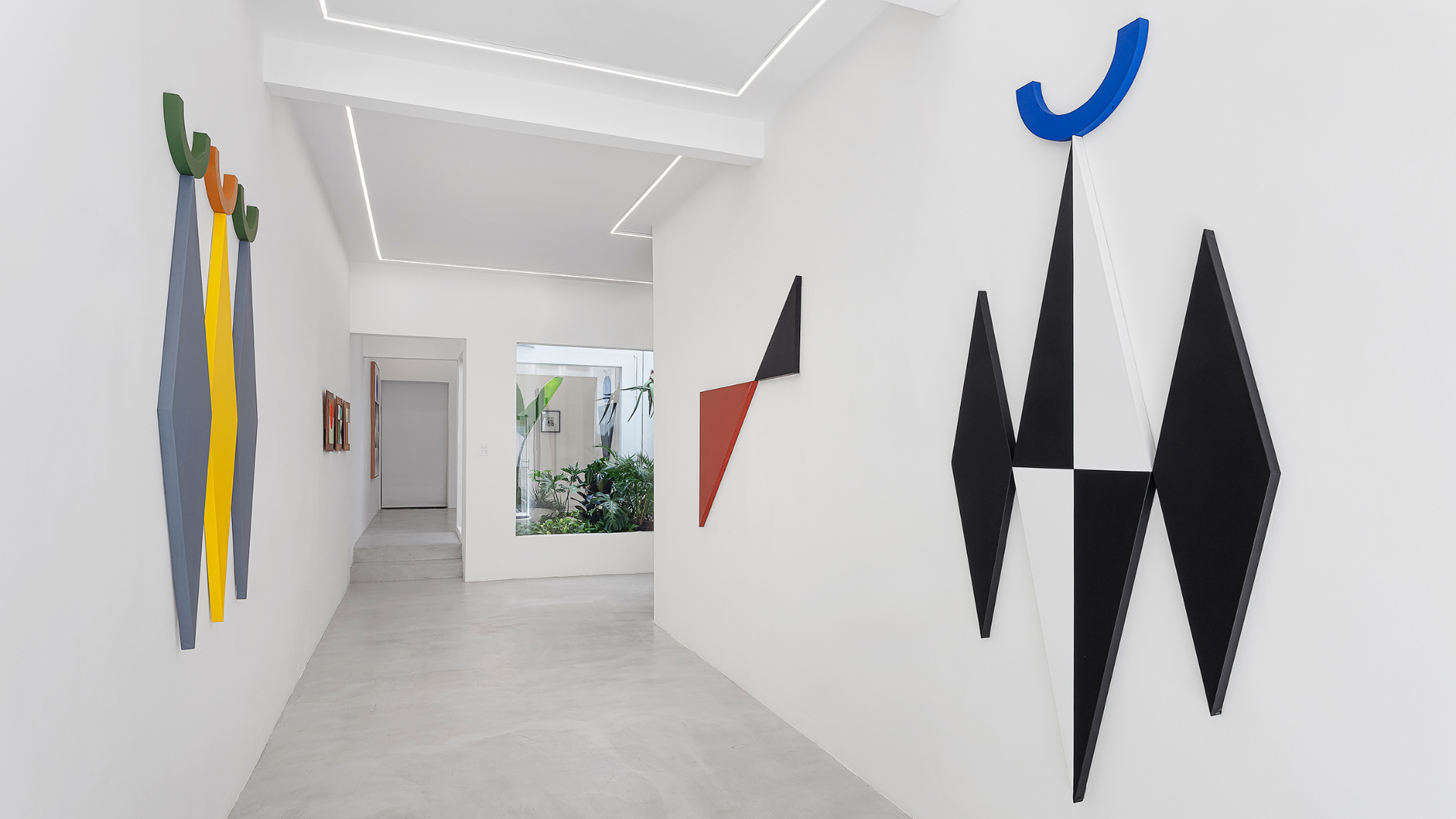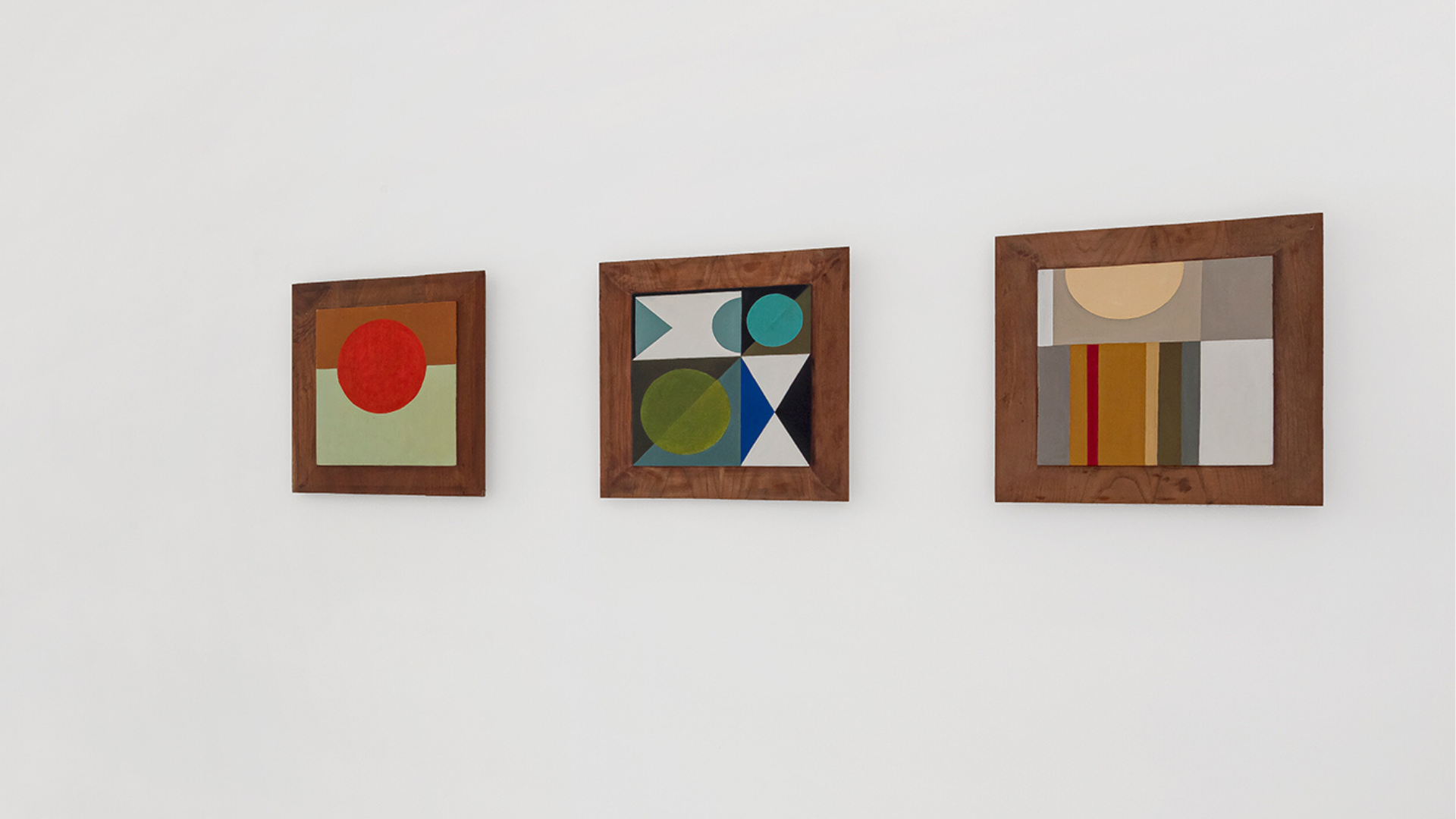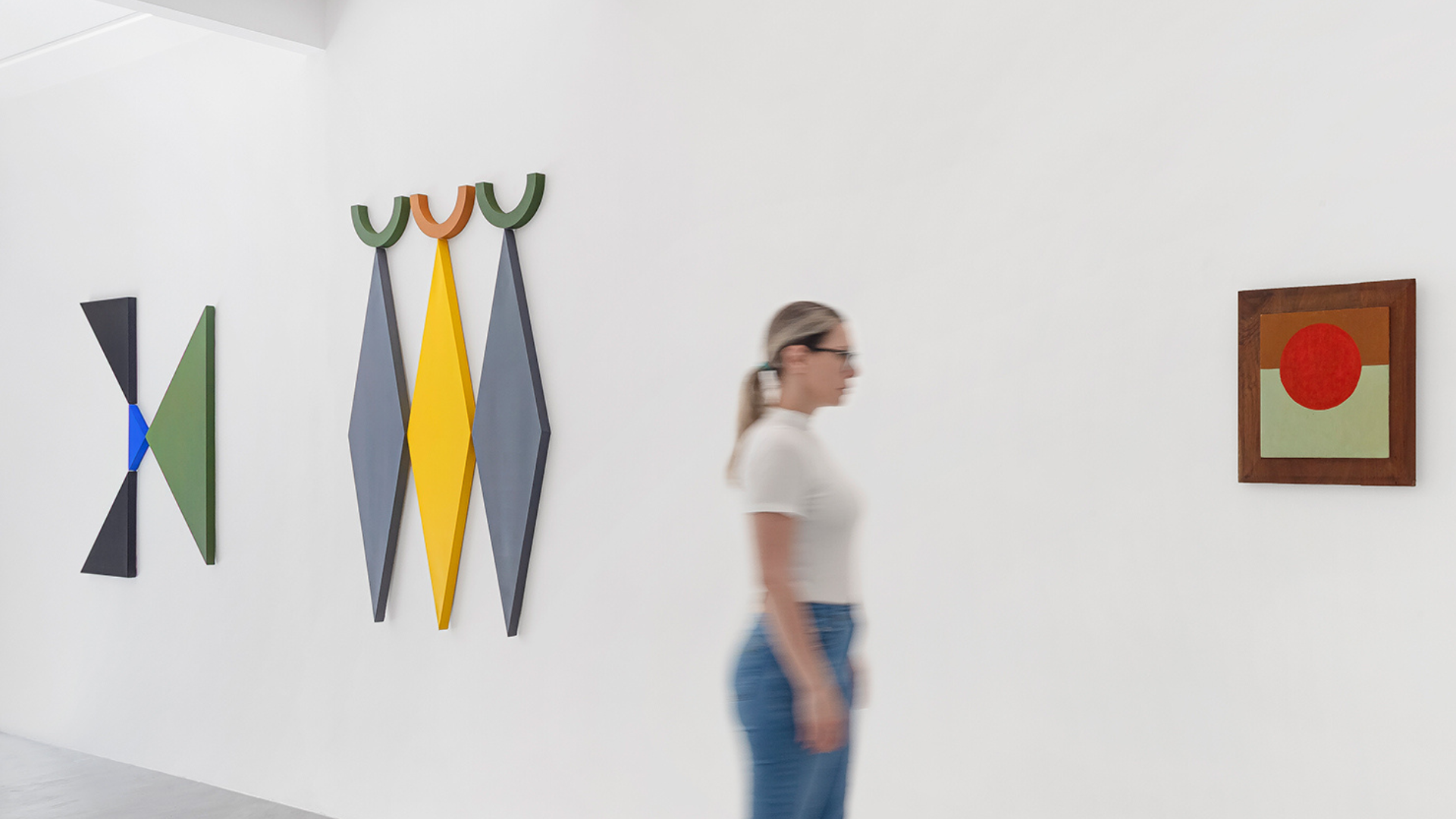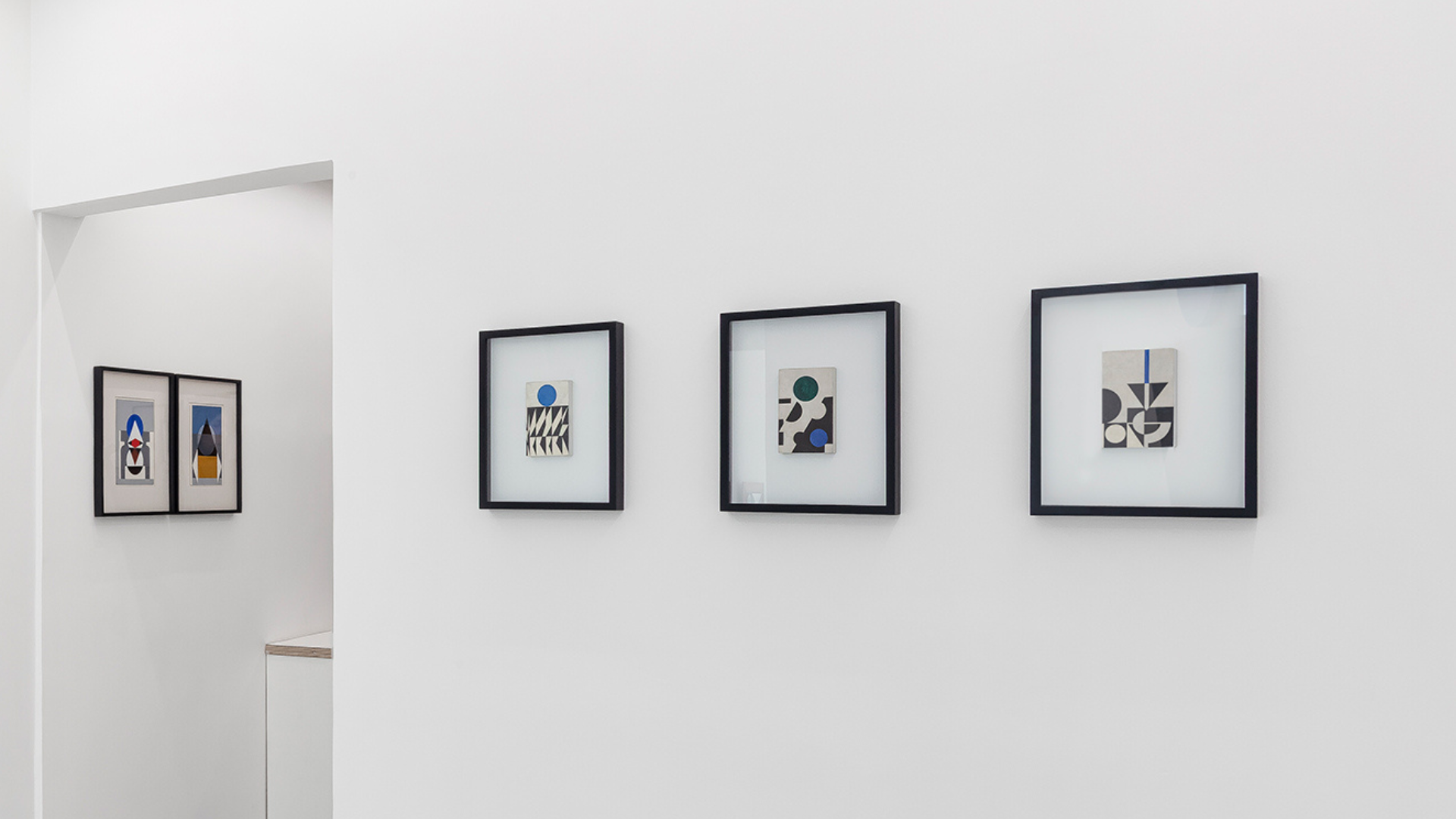Elements
Zielinsky Gallery – São Paulo, 2025
About
Zielinsky São Paulo is pleased to present Elements, the first solo exhibition in Brazil by Colombian artist Jorge Riveros. Born in 1934 in Ocaña, Riveros has a career spanning over 60 years and is one of Colombia’s most significant geometric-abstract artists.
In the last decade, Riveros has revisited his work, particularly pieces from the 1960s and 1970s, when he lived in Germany and was part of the artistic groups Semikolon and Konstruktives Gestalten. He was the only Latin American artist in these groups; while he felt welcomed by local artists in Bonn, he also remained a solitary figure in a country that did not share the same visual references as his homeland. Regarding the influences of this period, researcher Eduardo Serrano writes in the catalog Postponed Dreams, which accompanies Riveros' exhibition at the Museum of Modern Art in Bogotá:
"It is evident, then, that his path toward abstraction was shaped by various influences, among the most significant: Joaquín Torres García; the legacy of the Bauhaus; the vibrant abstract-artistic scene in Germany; exhibitions in galleries and museums; and the avant-garde interest in this artistic direction. All of this created a favorable environment for the artist to shape his thinking in relation to geometry and, ultimately, allowed his inclination toward rigor and precision to emerge."
.Curator’s word
Building on sketches produced in the 1960s and 1970s, Riveros presents in Elements a body of work that integrates geometric forms with the symbolism of pre-Hispanic cultures. The signs of these cosmic-order iconographies merge with the pure geometric abstraction of his European period: rectangles, triangles, circles, and semicircles seem to balance within totemic structures. Forms from the past travel through time, materializing in new formats, expanding, and occupying space differently from their original conception: a drawing on paper or a painting on wood now appears ten times larger on canvas, as seen in the Tiempo series.
Similarly, pencil-drawn forms from past decades now break free from the two-dimensional plane and acquire a sculptural presence, as in the relief works of the Elements series. Revisiting the past does not mean becoming trapped in nostalgia; rather, it is about understanding that an artist’s trajectory can disrupt the chronological order of time—looking back and bringing into the present what still resonates as a theme, a desire, and a language.
The oil paintings in the Bonn and Enlace al futuro series are created on wooden pieces the artist salvaged in the 1980s from a ruined century-old house in Bogotá. In this case, the material itself also carries a history—a rediscovery of something revived in the present through Riveros’ work.
